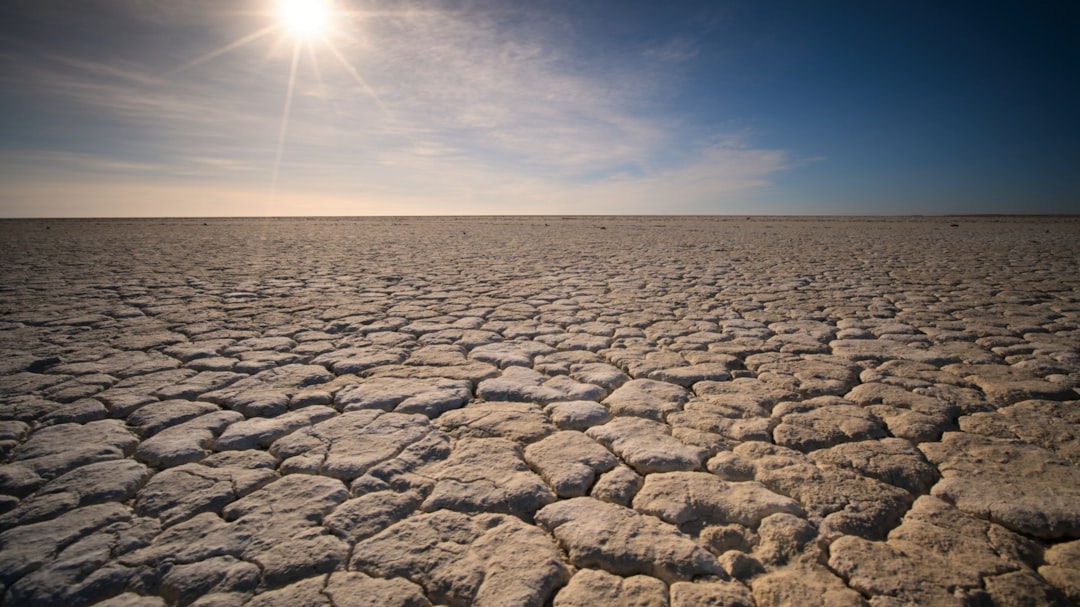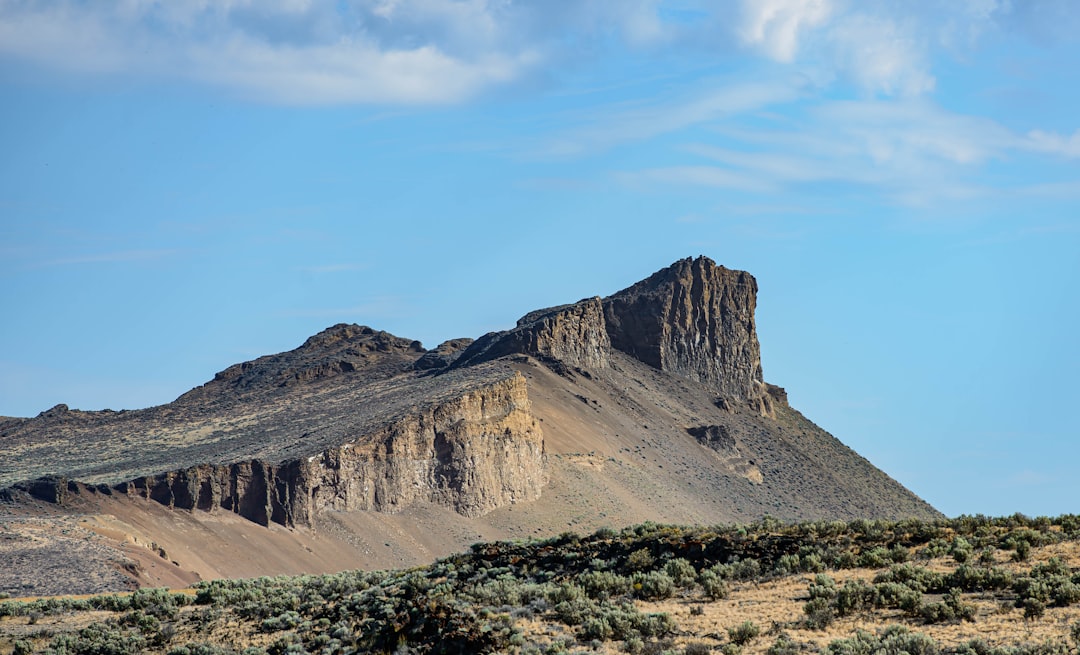What is it about?
The Gulf Stream produces warm core rings (eddies) in the Western Atlantic Ocean due to its meandering nature. These warm core rings have physical, chemical, and biological impacts on shelf and slope sea regions of the Western North Atlantic. This region is one of the most highly productive fishing areas in the world, and there is a need to understand the Warm Core Ring influence on different food web systems. We use data from a 38‐yearlong (1980–2017) warm core ring census to investigate the survival probability of these warm core rings. After using multiple survival analysis techniques (a popular analysis technique in the medical and health sciences), we observed a high survival probability in WCRs formed within the 7°–65° W longitudinal band. Also, the warm core rings which demised within the 75°–70° W longitudinal band exhibited higher survival. The effect of the New England Seamount Chain (NESC) on WCR survival probabilities was revealed through a Cox proportional hazard model which showed that the further east a ring was formed from the NESC, the higher the survival probability. These findings are very important as precursors to understand the effect of WCRs on shelf‐slope processes in the Western North Atlantic.
Featured Image

Photo by Ant Rozetsky on Unsplash
Why is it important?
Gulf Stream Warm Core Rings (GS WCRs) are composed of water masses from the Sargasso Sea and the Gulf Stream. Its comparatively warmer core can impact the heat and salt balance of the shelf break and the slope sea region of the Western North Atlantic Ocean. Therefore, it is very important to understand the physical survival of the GS WCRs. That can be instrumental in predicting ecosystem responses at multiple trophic levels along the coasts of the United States and Canada.
Perspectives
This study is a unique interdisciplinary approach to combining methods used in medical statistics to answer questions in oceanography. We believe it is the first of these kinds of approaches. And is a unique example of how broad the statistical applications can be when we need answers in ocean sciences.
E. Nishchitha S. Silva
Boston University
Read the Original
This page is a summary of: A Survival Analysis of the Gulf Stream Warm Core Rings, Journal of Geophysical Research Oceans, October 2020, American Geophysical Union (AGU),
DOI: 10.1029/2020jc016507.
You can read the full text:
Resources
Dataset: Warm Core Ring Census (1980-2017)
Yearly census of Gulf Stream Warm Core Ring formation from 1980 to 2017. This continuous census file contains the formation and demise times and locations, and the area at formation for all 961 WCRs formed between 1980 and 2017 that lived for a week or more. Each row represents a unique Warm Core Ring and is identified by a unique alphanumeric code 'WEyyyymmddA', where 'WE' represents a Warm Eddy (as identified in the analysis charts); 'yyyymmdd' is the year, month and day of formation; and the last character 'A' represents the sequential sighting of the eddies in a particular year. For example, the first ring in 2017 having a trailing alphabet of 'E' indicates that four rings were carried over from 2016 which are still observed on January 1, 2017.
A Study to Understand 38 Years of Gulf Stream’s Warm Core Rings: Variability, Regimes, and Survival
Conference Poster on Gulf Stream Warm Core Rings
Contributors
The following have contributed to this page










